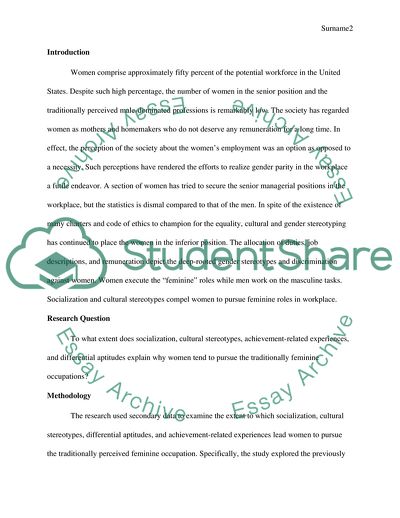Cite this document
(Women in the Workplace Coursework Example | Topics and Well Written Essays - 2500 words, n.d.)
Women in the Workplace Coursework Example | Topics and Well Written Essays - 2500 words. https://studentshare.org/gender-sexual-studies/1869110-gender-studies-and-sex
Women in the Workplace Coursework Example | Topics and Well Written Essays - 2500 words. https://studentshare.org/gender-sexual-studies/1869110-gender-studies-and-sex
(Women in the Workplace Coursework Example | Topics and Well Written Essays - 2500 Words)
Women in the Workplace Coursework Example | Topics and Well Written Essays - 2500 Words. https://studentshare.org/gender-sexual-studies/1869110-gender-studies-and-sex.
Women in the Workplace Coursework Example | Topics and Well Written Essays - 2500 Words. https://studentshare.org/gender-sexual-studies/1869110-gender-studies-and-sex.
“Women in the Workplace Coursework Example | Topics and Well Written Essays - 2500 Words”. https://studentshare.org/gender-sexual-studies/1869110-gender-studies-and-sex.


